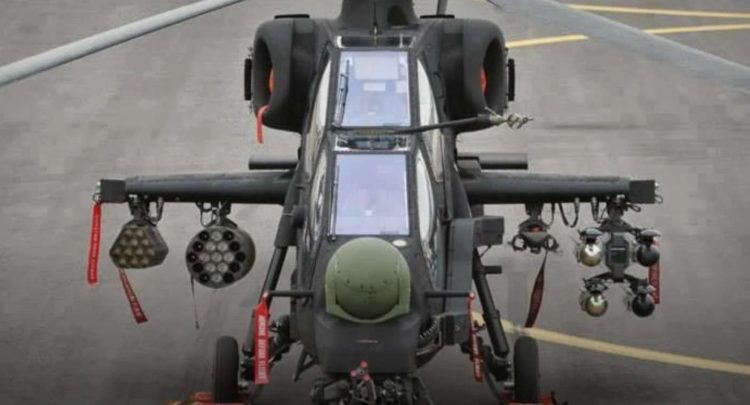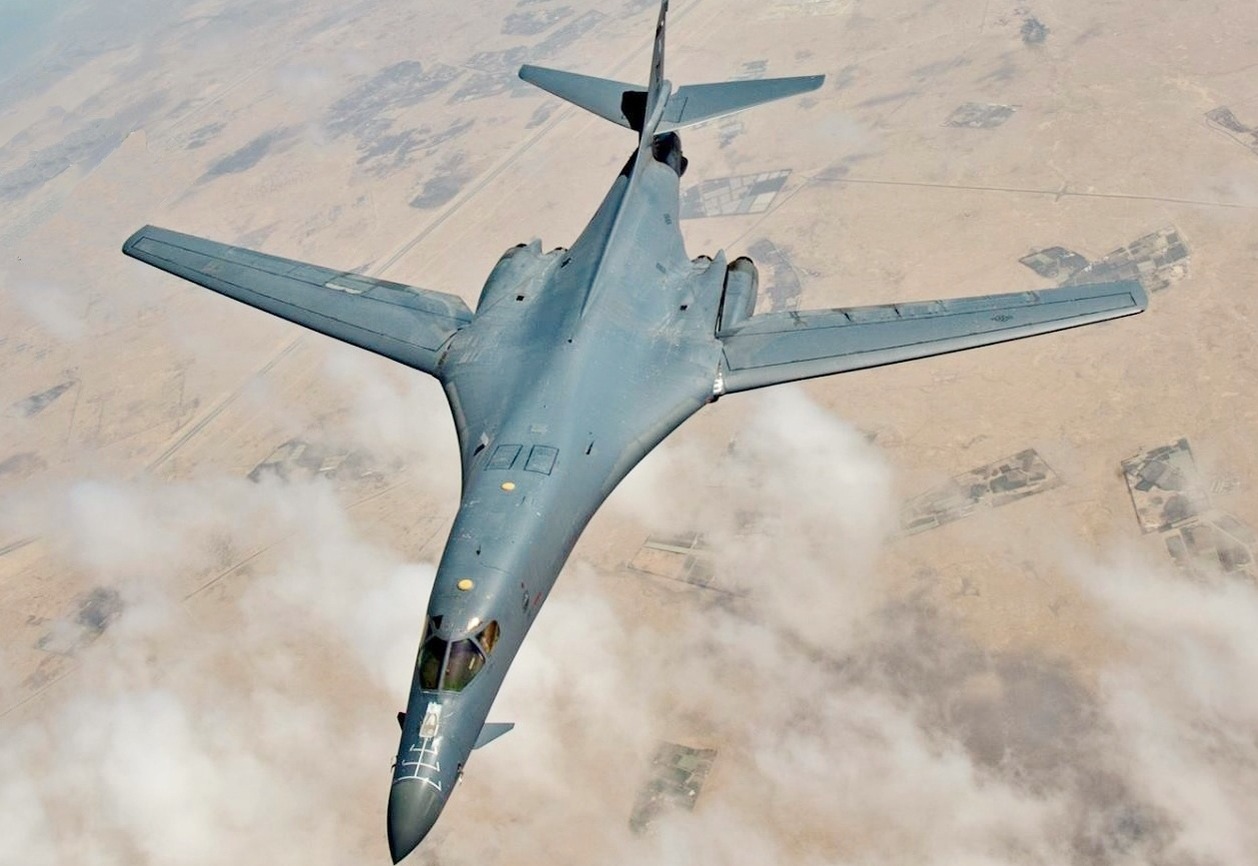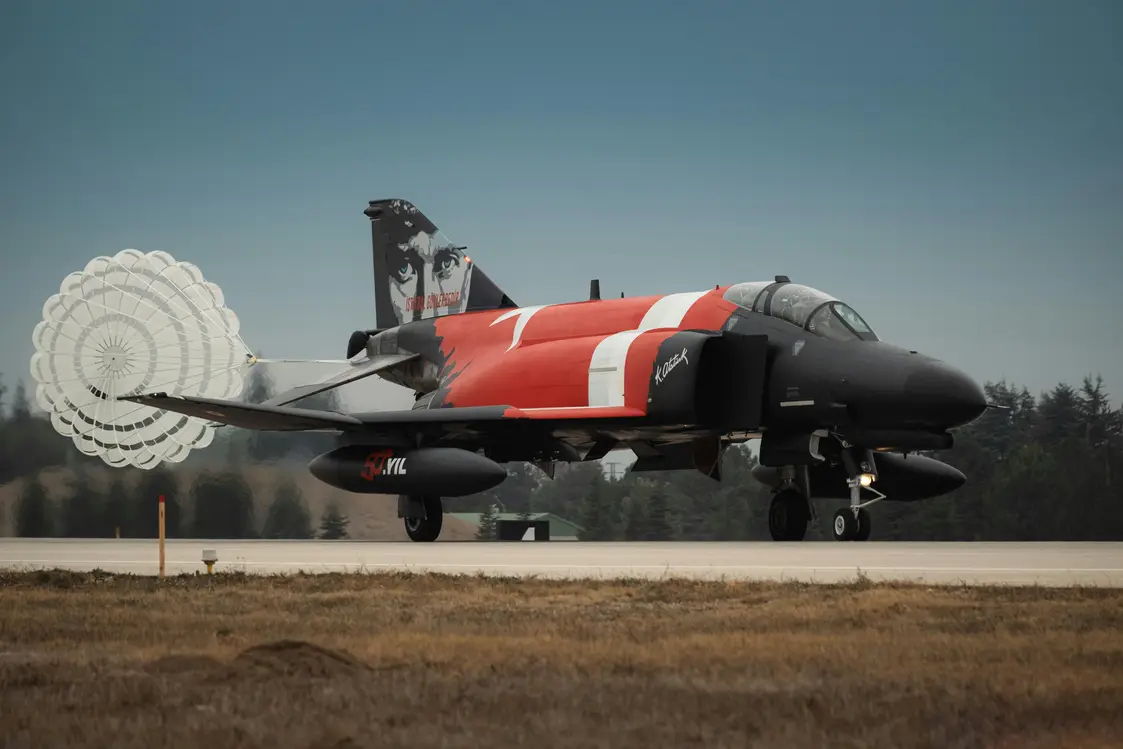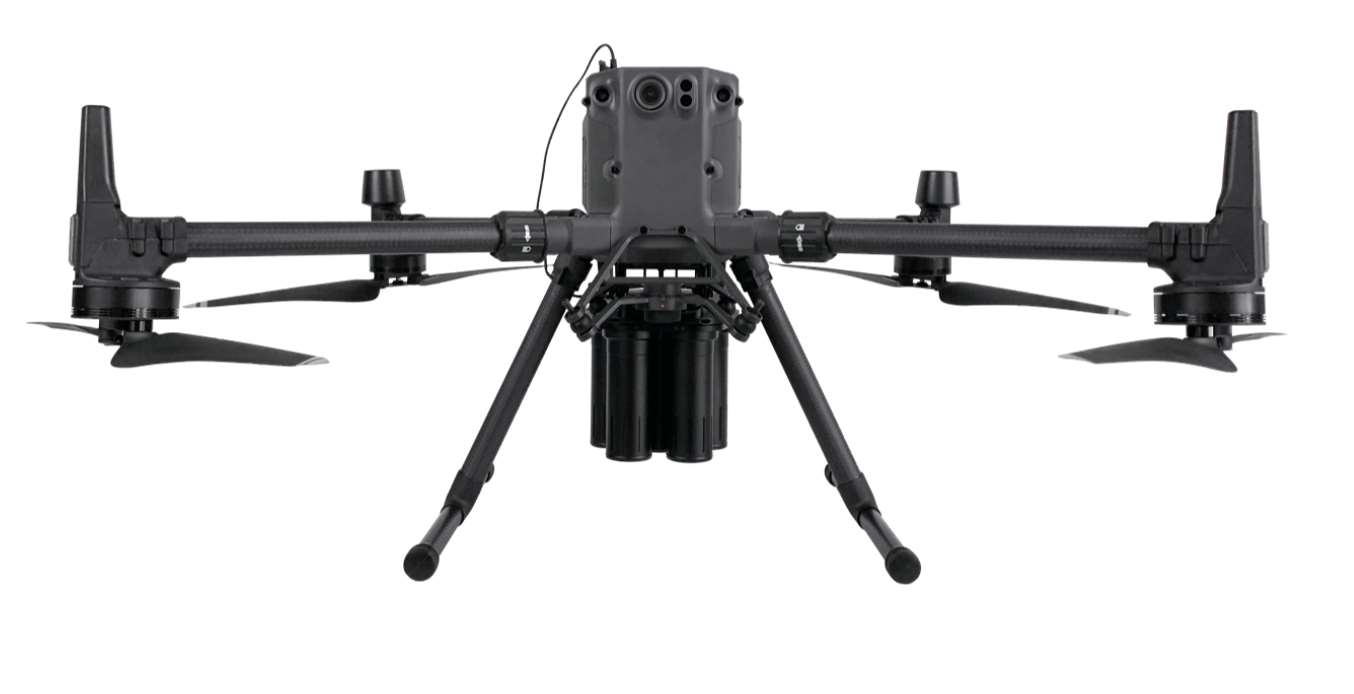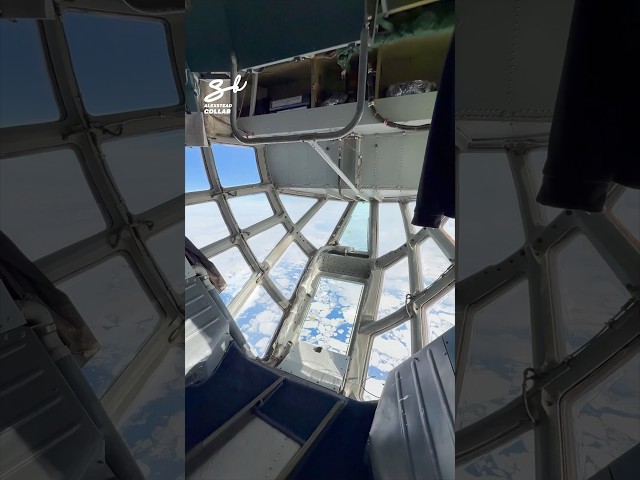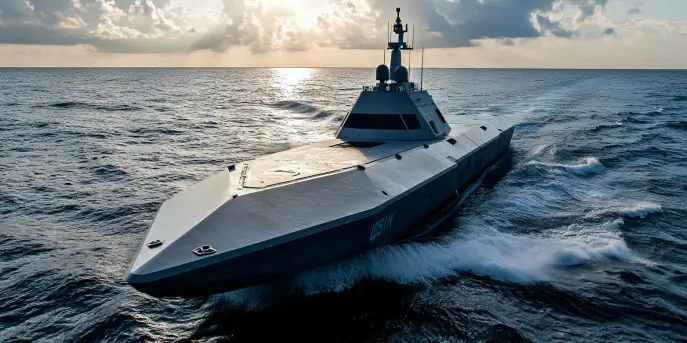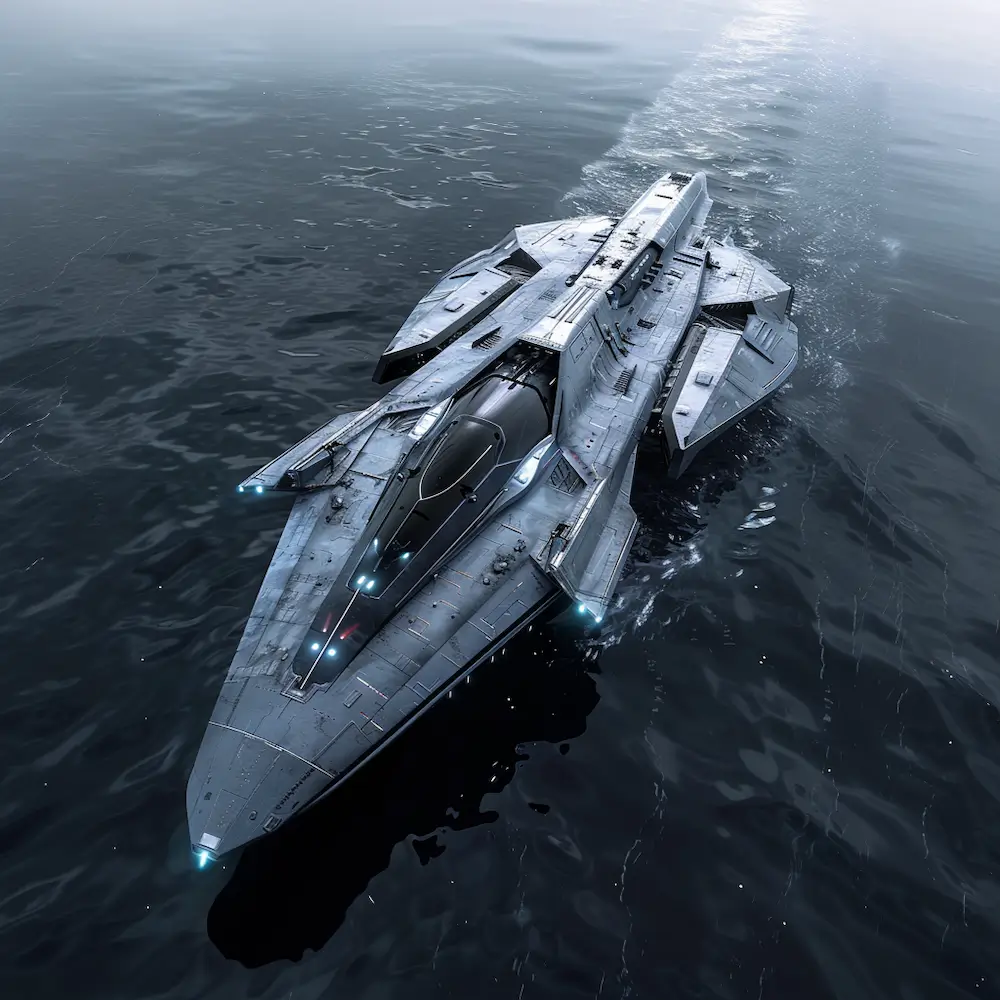The Battle of Titans: AH-1Z Viper vs AH-64 Apache
When it comes to modern military aviation, the AH-1Z Viper and the AH-64 Apache stand out as two of the most formidable attack helicopters in the world. Both have been pivotal in various combat operations, showcasing advanced technology, superior firepower, and incredible resilience. This article delves into the intricacies of these helicopters to help you understand their strengths and differences.
Historical Background
The AH-1Z Viper, known for its sleek design and deadly precision, is part of the Bell AH-1 line of helicopters. It emerged in the early 2000s, building on the legacy of its predecessors, the AH-1 Cobra. Meanwhile, the AH-64 Apache, developed by Hughes Helicopters in the 1970s and later produced by Boeing, has been a mainstay in U.S. military operations since the mid-1980s. Both helicopters were designed to offer substantial support to ground troops and engage in anti-armor operations.
Design and Features
AH-1Z Viper
The AH-1Z Viper is renowned for its speed and agility. It features a four-blade, composite main rotor system — a significant upgrade from the two-blade system of earlier Cobras — providing enhanced lift and reduced noise. The twin-engine design offers increased power and redundancy for improved safety.
- Length: 58 ft
- Height: 14 ft 4 in
- Maximum speed: 241 mph
- Crew: 2 (pilot and co-pilot/gunner)
AH-64 Apache
The AH-64 Apache’s robust design is built for survivability. Its four-blade rotor system and tail rotor allow precise control and maneuverability. Equipped with an armored crew compartment, the Apache offers enhanced protection for its pilots during combat.
- Length: 58 ft 2 in
- Height: 12 ft 8 in
- Maximum speed: 227 mph
- Crew: 2 (pilot and co-pilot/gunner)
Armament and Capability
Both helicopters are equipped with advanced weapons systems, allowing them to engage various targets effectively.
AH-1Z Viper
- 20 mm M197 three-barreled rotary cannon
- Up to 16 AGM-114 Hellfire missiles
- 2.75 in rockets (APKWS capability)
- Sidewinder missiles (air-to-air capability)
The AH-1Z is designed for versatile combat roles, from ground support to air-to-air engagements, showcasing its multi-mission capability.
AH-64 Apache
- 30 mm M230 chain gun
- Up to 16 AGM-114 Hellfire missiles
- Stinger missiles for air-to-air capabilities
- Hydra 70 rocket pods
The Apache’s firepower and targeting systems make it a lethal force on the battlefield, adapted for both day and night operations.
Avionics and Technology
Modern avionics are crucial for the effectiveness of military helicopters, providing crucial advantages in targeting and coordination.
AH-1Z Viper
The AH-1Z possesses the advanced Target Sight System, providing superior target identification capabilities even in challenging conditions. Its integrated avionics suite improves communication and precision on the battlefield.
AH-64 Apache
Among the Apache’s array of technological advancements are the Longbow Fire Control Radar and the Modernized Target Acquisition Designation Sight/Pilot Night Vision Sensor (M-TADS/PNVS), which enhance its operational effectiveness across various combat scenarios.
Operational Range and Endurance
While both helicopters are renowned for their capabilities, their operational ranges differ slightly based on design and intended deployment strategies.
AH-1Z Viper
The AH-1Z boasts a combat radius of approximately 125 miles and can be refueled mid-air, extending its operational range and endurance.
AH-64 Apache
With a combat radius of about 260 miles, the Apache can cover more ground without immediate refueling, making it ideal for long-range missions.
Comparison Table
| Feature | AH-1Z Viper | AH-64 Apache |
|---|---|---|
| Maximum Speed | 241 mph | 227 mph |
| Combat Radius | 125 miles | 260 miles |
| Main Cannon | 20 mm M197 | 30 mm M230 |
| Missile Capability | Hellfire, Sidewinder | Hellfire, Stinger |
Ultimately, the choice between the AH-1Z Viper and the AH-64 Apache can depend on mission requirements and strategic objectives. Each has demonstrated exceptional performance in various operational theaters, supported by their respective countries’ militaries. Understanding their features and capabilities helps highlight their roles as leaders in aerial combat and support operations.
